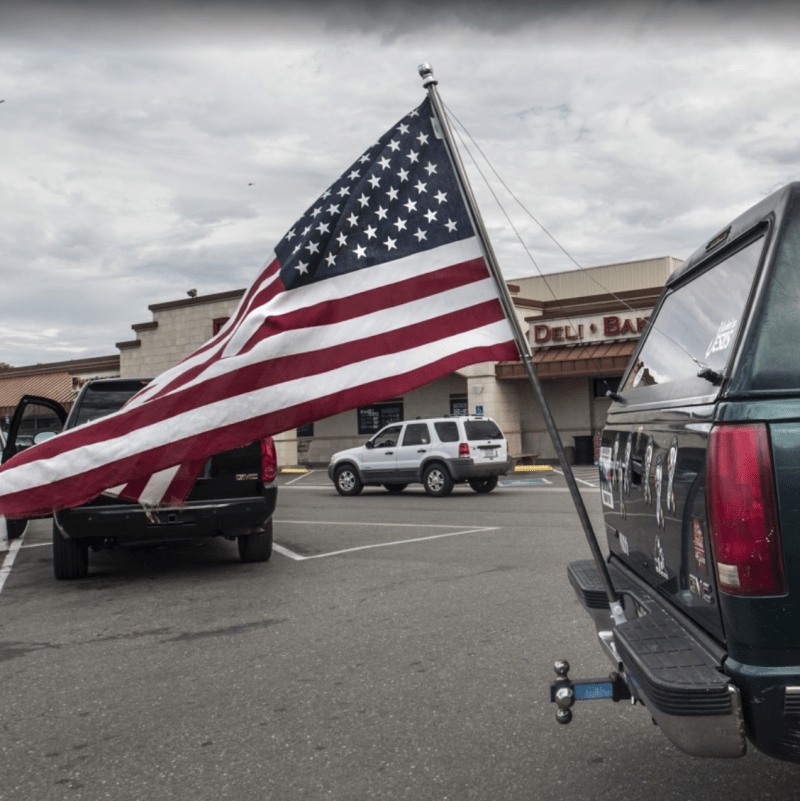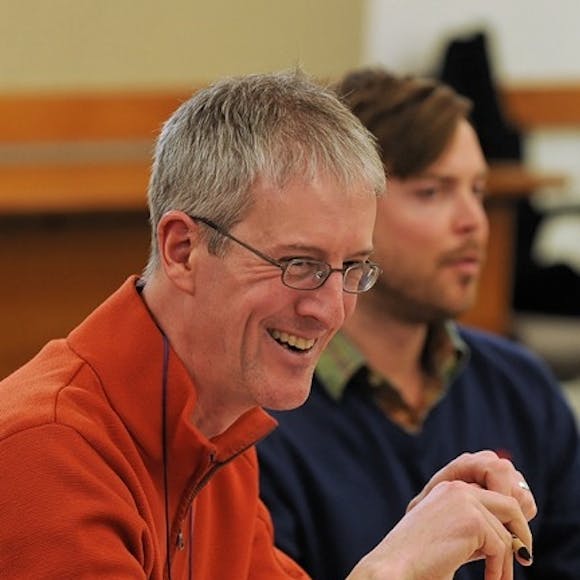Editor’s note: This is an excerpt from Walkable City: 10th Anniversary Edition, an updated version of the best-selling urban planning book of the past decade featuring more than 100 pages of new material. It is republished with permission.
We are often told that America’s car culture is integral to its freedom. But let’s parse that one out a little bit. Three factors— road policing, car dependence, and street design — would together seem to conspire otherwise.
In the important book Policing the Open Road, Sarah Seo tells the story of how once-tiny, cash-strapped municipal police departments grew into their current behemoth state on the back of traffic ticketing, and how case law fairly quickly established the automobile as exempt from many of the same privacy protections as other personal property. While the police need a warrant to search your house or your handbag, by 1925 the car lost that status, due principally and understandably to the fact that it’s an extremely dangerous device. We can hardly blame Chief Justice Taft for labeling cars “this great evil machine,” but the automobile’s potential use as a weapon caused the Supreme Court to grant vast discretion to police officers to sidestep Fourth Amendment prohibitions on unreasonable search and seizure. As a result, patrol cops now effectively operate as judge, jury, and possibly executioner on the road.
And the executions are frequent. A recent New York Times investigation found that police car stops have left more than four hundred unarmed Americans dead over the past five years, with officers routinely claiming that the car was a weapon. Rarely, when these shootings are reconstructed, is the officer found to have actually been in harm’s way. According to the criminologist Geoffrey Alpert, “You see many where bullets are in the back of the car, in the side of the car ... In the high 90 percent of cases I’ve seen, the person is just trying to get away.”
In some of the cases studied by the Times, “the vehicle was stationary, even incapable of moving.”
So, police are killing unarmed drivers at a rate of seven per month, but it’s more than that. Pulling over “suspicious-looking” people has become the main thing that police departments do. In cities, the minor traffic violation is almost always just a pretext for enforcing other, more invasive laws that have nothing to do with the safety of the vehicle. And while the definition of “suspicious” may vary by state, it doesn’t vary much. As the officer who detained and executed Philando Castile put it, “The driver looks like one of our suspects just because of the wide-set nose.”
Police power over motorists is the first step to making car culture less free than its advocates imagine. The second step is straightforward: auto dependence. We have created a landscape in which few of us are spared the requirement of inhabiting the public sphere principally as motorists, either as drivers or as passengers in these heavily policed private vehicles. This, too, incidentally, was discussed by the Supreme Court, which in 1997 acknowledged that driving was “a virtual necessity for most Americans.”
If those two factors were the whole story, that would be enough to impact our freedom. But the third factor, road design, truly seals the deal. As discussed, American engineers, unlike their counterparts in other countries, have standardized the practice of building roadways to invite speeds well in excess of their posted limit. The typical driver in downtown Albuquerque is doing thirty on a street that is posted at twenty-five and engineered for fifty. The broad lanes, swooping corner radii, and rolled curbs, combined with our own instinct for risk compensation, create a circumstance in which many of us are speeding most of the time.
Tell me you’re different. Even my own status as a pedestrian advocate is not enough to consistently lighten my foot. And on highways, with no pedestrians present, forget about it. To not speed on most American highways is to invite dirty looks, or worse.
The outcome of American engineering practice is that most Americans are breaking the law every time they drive. As Kalfani Ture, a former Georgia police officer, told The New York Times, “If I follow a car for five minutes, I can always find one or two moving violations.” Combine this situation with the fact that most of us must drive to survive, and that we relinquish our Fourth Amendment rights when we do so, and the picture that begins to emerge is a far cry from the freedom that libertarians imagine. To build streets that invite illegal speeds in a society where driving is unavoidable and cars are not protected by constitutional limits on search and seizure is to create a virtual police state.
Extracting ourselves from this woke-libertarian’s nightmare will be a long slog, but it is achievable. The first step would be to eliminate the routine police stop, a reasonable strategy that author Chuck Marohn lays out convincingly in a surprising late chapter of his book, Confessions of a Recovering Engineer. Only truly reckless driving should invoke contact with a police officer. All other violations — minor speeding, rolling stops, broken taillights—should be camera-documented from the police car and ticketed by mail. Marohn and I disagree about speed cameras and red-light cameras — I believe they should be deployed wherever they reduce injuries, no matter how much of a windfall the city gets — but replacing pull-overs with point and click would go a long way toward what most thinking Americans want, which is to “defund the police” without defunding the police.
The second step, necessary for so many more reasons than personal liberty, would be to start restriping our streets to a design speed that happens to match how fast we want drivers to go. This is a huge job, but not if you break it down city by city, which is of course the only way it can be accomplished. And from Newark to Cedar Rapids to Chicago to car-centric Albuquerque, it’s already happening in a limited way in many cities — especially in downtowns, where it really counts.
Jeff Speck is an urban planner who advocates internationally for more walkable cities. As the former director of design at the National Endowment for the Arts, he oversaw the Mayors’ Institute on City Design, where he worked with dozens of American mayors on their most pressing city planning challenges. A fellow of both the American Institute of Certified Planners and the Congress for New Urbanism, he is the 2022 recipient of the Seaside Prize. His TED talks and YouTube videos have been viewed more than five million times.
Excerpted from WALKABLE CITY: How Downtown Can Save America, One Step at a Time by Jeff Speck. 10th Anniversary Picador paperback edition, 2022. Published by MCD, Picador. Copyright © 2012 by Jeff Speck. Introduction copyright © 2022 by Janette Sadik-Khan. Part III copyright © 2022 by Jeff Speck. All rights reserved.







